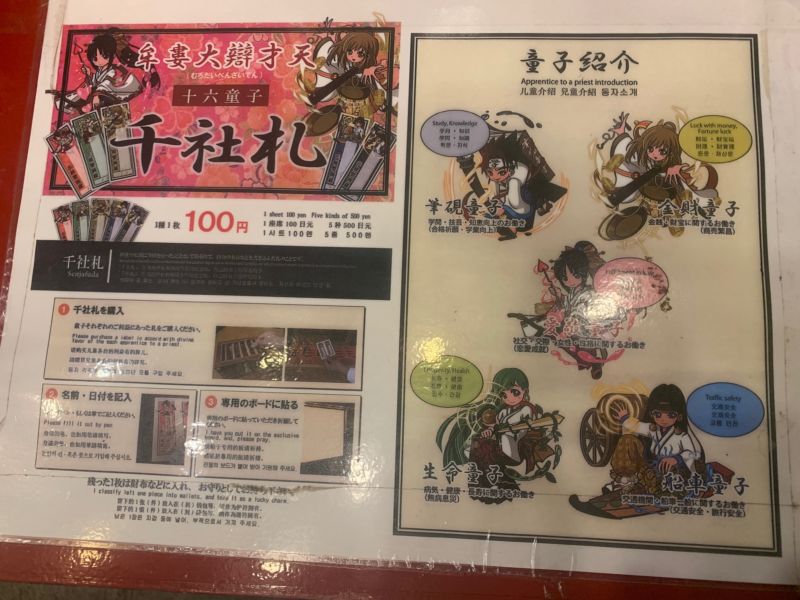
The Seven Lucky Gods are one of the most notable features of folk religion in Japan, spanning the artificial divide between Shinto and Buddhism. The most appealing of the seven for those concerned with creativity and the arts is the only female in the group, Benten or as she is also known, Benzaiten. She originated with the Hindu goddess Saraswati, and arrived in Japan after travelling across East Asia sometime around 1300 years ago.
Benten Shrines are associated with water and the unconscious. They are often on small islands or located by ponds. The three most famous are at Itsukushima near Hiroshima, Enoshima at Kamakura, and Tsukubusuma in Lake Biwa.
I’ve always been drawn to Benten shrines, so it was with great excitement that I learnt on a recent trip to Shirahama (in Wakayama) that there is a dedicated Benten sect (Benten-shu, in Japanese). The head shrine of the sect I was told is in Gifu.

The Benten Shrine in Shirahama is located deep in the rock caves of Sandanbeki, once the hangout of pirates. It is now a top tourist sight, with a spectacular effect as the surging waves of the Pacific come thundering into the rocky inlets, throwing spray everywhere and creating a terrifying sound.
The atmospheric shrine is set back from the incoming tide but nevertheless glistens with salty water, a fit environment for the goddess. She is surrounded by a phalanx of statues, each of which possesses an attribute of benefit to the worshipper.
Benten herself was seated like a Thousand-armed Kannon, numerous arms emanating from her body holding the spiritual tools of esoteric Buddhism. Her manifestation in this guise is called Murodaibenzaiten (deity of water).

The sect has its own syncretic way of worshipping, and a noticeboard spelt out the correct manner. No bell, no clapping. “Put your hands together and bow three times and pray,” runs the instruction.
One other feature of interest was the original senja fuda (pilgrimage stickers), oriented to a generation reared on anime and manga. The cost for one was ¥100, and the idea was to choose among the five characters available and fill out your name and address before affixing it to a board or beam.
The five characters, supposedly apprentices to the priest, had powers in different spheres – one for Study and Knowledge, one for Luck with Money, one for Fulfilment in Love, one for Longevity and Health, and one for Traffic Safety. Needless to say, students flocked around them, eager to buy one to record their visit. It provides a striking exemplar of an ancient tradition brought up to date for contemporary tastes.


To learn about nature elements at Benten Shrines, click here. For more on Benten’s roots, here. All about the Seven Lucky Gods, here. For Benten-shu information in Japanese, see here where it is said the purpose of the sect is to commune with ‘the heart of water’.
